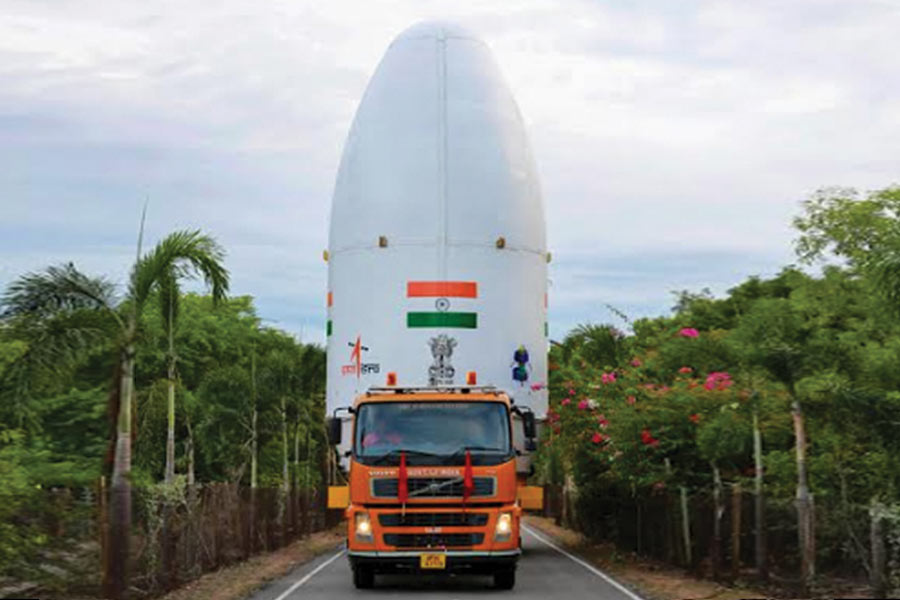It is not only Tamil Nadu’s sons of the soil – former President Dr APJ Abdul Kalam, Chandrayaan-2 Mission Director Mayilsamy Annadurai, and Chandrayaan-3 Project Director Veeramuthuvel P – who have contributed to ISRO missions, but literally the state’s soil itself.
Since 2012, Namakkal, which is about 400 km from state capital Chennai, has supplied soil to ISRO for testing for the Chandrayaan Mission capability, as the earth in that district is similar to that of the lunar surface.
This has enabled ISRO to test and refine the ability of the lander module to soft land on the surface of the Moon, given that the properties of the Namakkal soil are similar.
So, if Chandrayaan-3’s lander module achieves its objective of successfully soft landing on the Moon, it would give Tamil Nadu an extra reason to cheer.
This is the third time that Tamil Nadu has supplied the necessary soil to the Bengaluru headquartered space agency for performing the tests for its ambitious Moon missions.
According to the Director of Geology Department of Periyar University, Professor S Anbazhagan, the soil was available in abundance in the Namakkal area, enabling them to rise to the occasion when the need arose for ISRO.
"We have been engaged in conducting research in geology. Tamil Nadu has the kind of soil that is present on the lunar surface, particularly that which is very similar to the soil present at the southern pole (of the Moon). The lunar surface has 'Anorthosite' (a type of intrusive igneous rock) type of soil," he said.
"We have been sending the soil to ISRO soon after it announced the Moon exploration programme,” he told PTI in a brief interaction.
The Chandrayaan-3 Mission aims at soft-landing of the spacecraft on the unexplored southern pole of the Moon. It would make India the fourth country to achieve this remarkable feat after the United States, erstwhile Soviet Union and China.
Elaborating on how it all began, Anbazhagan said that following the success of the Chandrayaan-1 mission in 2008, scientists were gearing up to perform the Chandrayaan-2 mission, which aimed at demonstrating the capability to soft land on the surface of the Moon. In comparison, Chandrayaan-1’s mission was to orbit the Moon and not land on its surface.
In Chandrayaan-2 mission, it was planned that a rover would come out of the lander module and crawl on the surface of the Moon, undertaking tests in the process, he said.
"About 50 tonnes of soil were sent to ISRO, which was similar to the kind of soil present on the lunar surface," Anbazhagan, who specialises in remote sensing and groundwater exploration at the university in Salem, said.
After undertaking various tests, scientists at ISRO confirmed that the soil available in the Namakkal area matched with that of the lunar surface, he added.
To a query, Anbhazhagan said the soil was available in abundance in places like Sithampoondi and Kunnamalai villages surrounding Namakkal, and also in some areas in Andhra Pradesh and northern parts of the country.
"We have been sending the soil to ISRO as per their requirement. They (ISRO scientists) have been performing tests on the soil supplied by us,” he said, adding, “Even if a Chandrayaan-4 mission comes up, we are geared to supply the soil for it.”
Except for the headline, this story has not been edited by The Telegraph Online staff and has been published from a syndicated feed.










